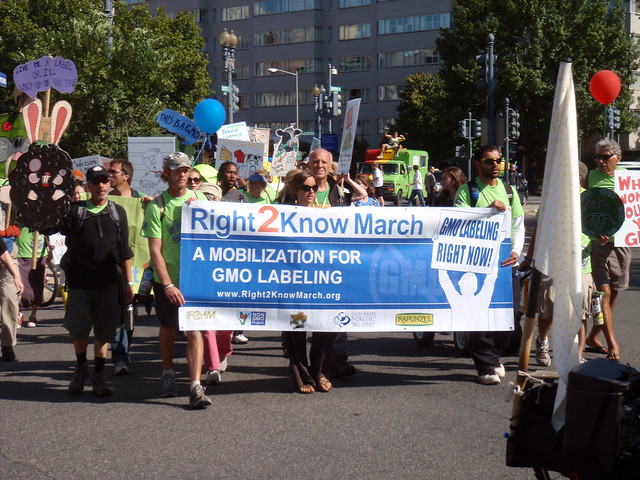August 2013
“ ... more than 150 scientific studies have been done on animals fed biotech crops and to date, there is no scientific evidence of any detrimental impact” (biotech representative, CropLife International).
With a bit of cherry-picking of what
constitutes appropriate scientific evidence this may be true.
However, it's easy to see why no 'detrimental impact' has emerged.
The 'scientific studies' has been largely based on animal models with
little relevance to humans, on diets restricted to single GMOs, on
very short time-scales, and on superficial data relevant only to
commercial livestock production.
When a team of Australian and American
scientists, led by Dr. Judy Carman, carried out an experiment which
avoided the above short-comings, it raised concerns.



